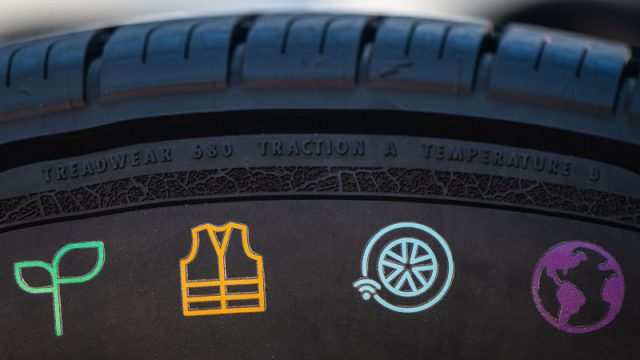Electric vehicles and biofuels are not enough to make cars, trucks and motorcycles green, says Goodyear South Africa.
The switch from internal combustion engines (ICE) to electric vehicles (EVs) gets the focus when achieving sustainability in transportation is discussed. The use of biofuels and hydrogen as viable alternatives to fossil fuels like petrol and diesel is another issue that frequently makes headlines.
“The transition from ICE to EV or switching the fuel that the engine burns has been the dominant topic of discussion. But we must keep in mind that an ICE car typically contains 30 000 parts, ranging from massive body panels to tiny screws and nuts,” says Richard Fourie (pictured), managing director of Goodyear South Africa.
Pollution from production
By 2040, it is predicted that 60 percent of emissions from the automotive industry would come from production materials as tailpipe emissions from vehicles are gradually reduced. To address the issue of obtaining a greener driving experience, Fourie continues, “we need to look into various mobility components, beyond powertrains and fuel types.” To do this, Goodyear will release the first completely sustainable material and maintenance-free tyre by 2030.

When Goodyear presented a tyre made with 70 percent sustainable materials in 2021, it became clear that this was a realistic goal. According to Fourie, “the tyre replaced conventional components with carbon blacks made from methane, carbon dioxide, and plant-based oil.” Goodyear also used soybean oil, rice husk ash, and waste plastic to make the ‘green’ tyre.
More sustainable, less friction
At the 2023 Consumer Electronic Show (CES) in Las Vegas, Goodyear unveiled a prototype of a tyre made of 90 percent sustainable materials. “This recent innovation raises the bar for environmentally friendly tyre technology. But, it also demonstrates decreased rolling resistance (less friction) when compared to tyres constructed from conventional materials,” Fourie elaborates.
In pursuit of the ‘greener drive,’ he says, “Such developments, aimed at reducing the auto industry’s overall carbon footprint, are just as important.”









